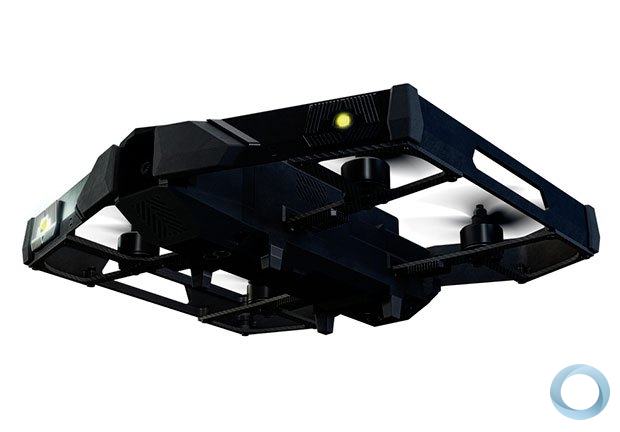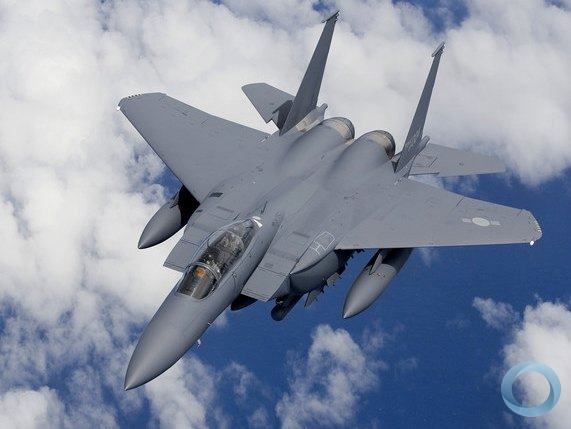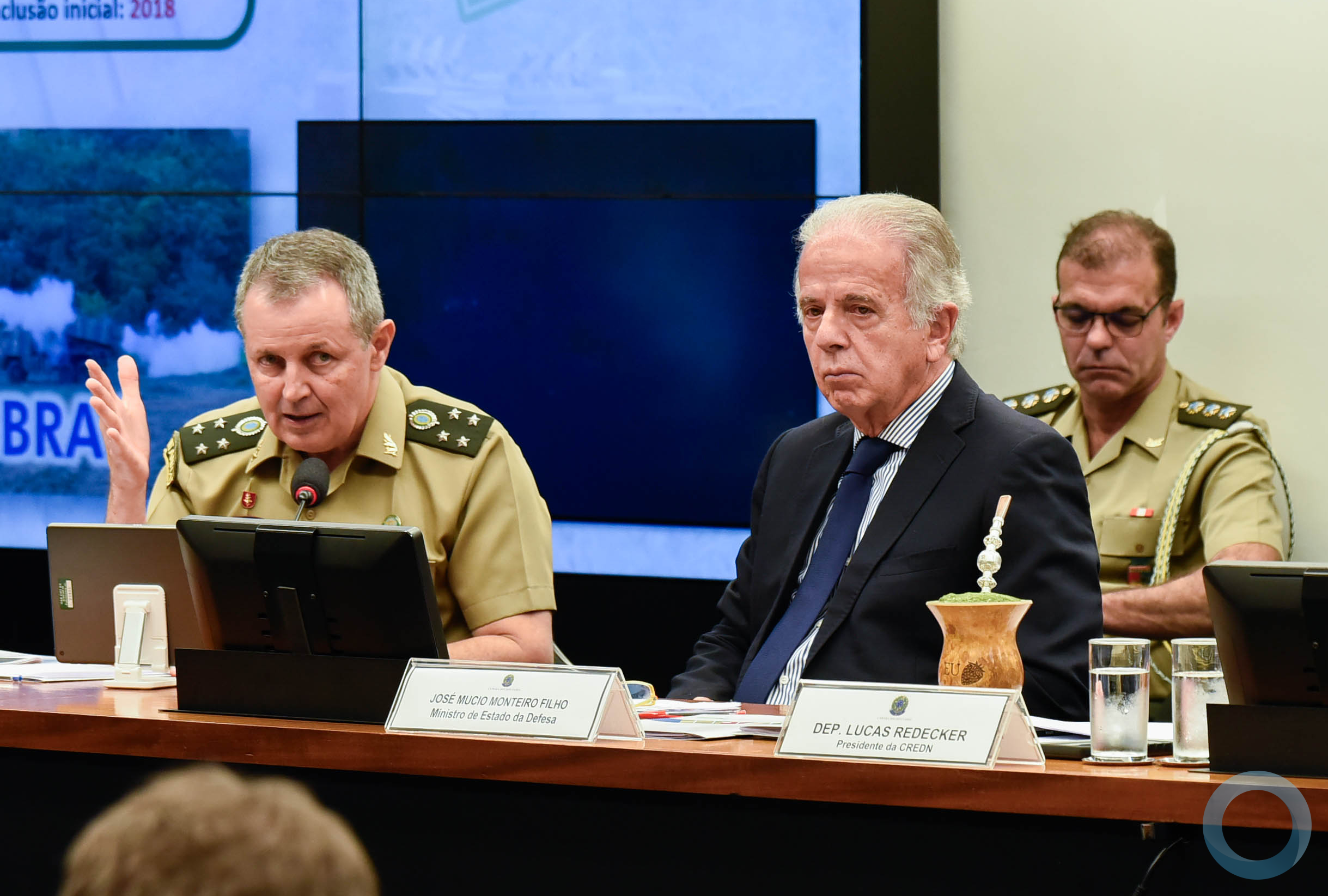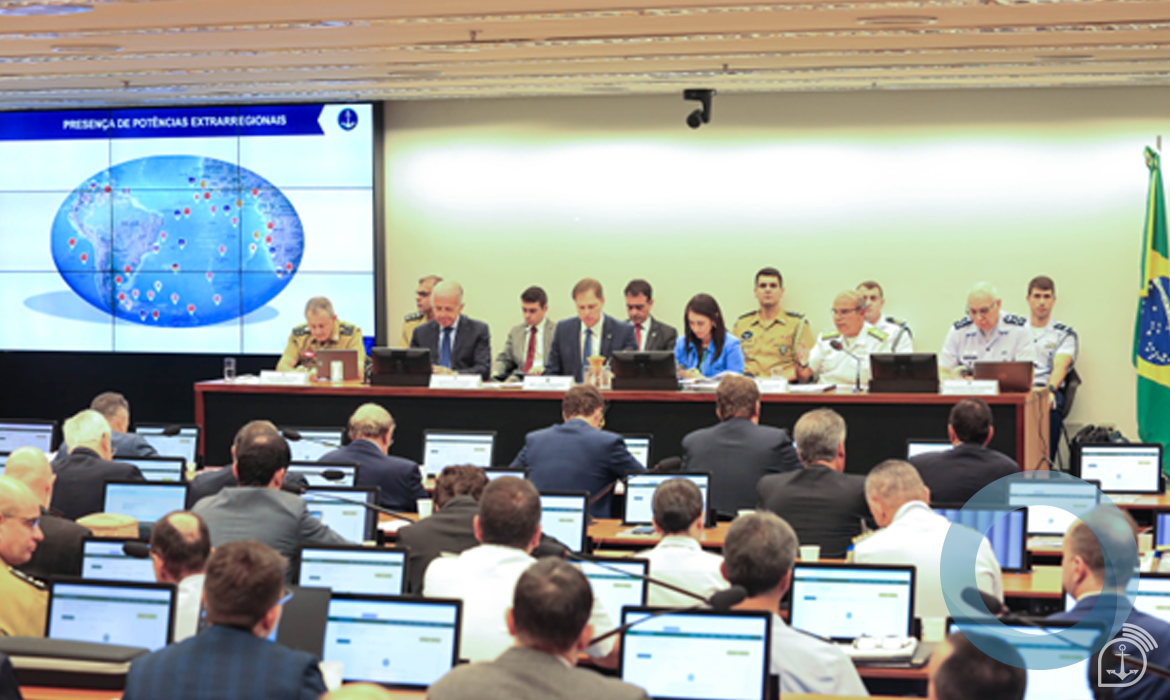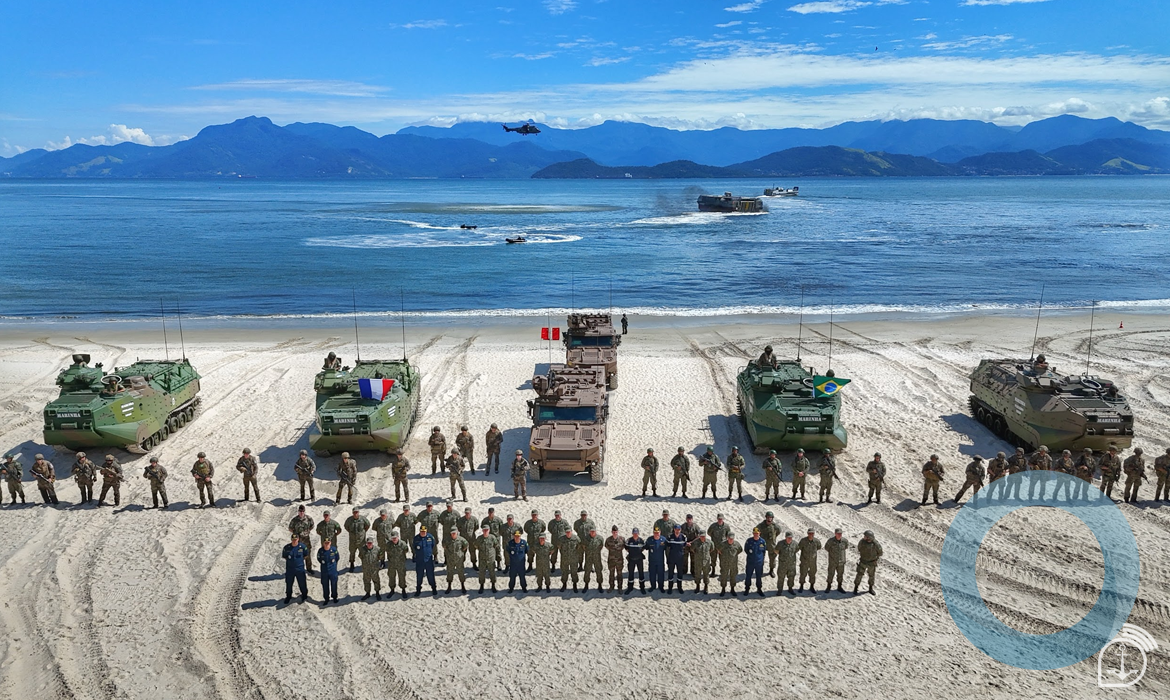Lockheed Martin successfully completed the maiden flight of the F-16V, the latest and most advanced F-16 on the market today. The October 16 flight marks the first time an F-16 has flown with Northrop Grumman’s advanced APG-83 Active Electronically Scanned Array (AESA) Scalable Agile Beam Radar (SABR), which will deliver a quantum leap in capability for the venerable F-16.
The F-16V “Viper” advanced avionics configuration also includes a new cockpit Center Pedestal Display, a modernized mission computer, a high-capacity Ethernet data bus, and several other missions systems enhancements that collectively add significant combat capabilities to address the dynamic threat environments emerging in the coming decades.
“This flight marks a historic milestone in the evolution of the F-16,” said Rod McLean, vice president and general manager of Lockheed Martin’s F-16/F-22 Integrated Fighter Group. “The new F-16V configuration includes numerous enhancements designed to keep the F-16 at the forefront of international security, strengthening its position as the world’s foremost combat-proven 4th Generation fighter aircraft.”
The F-16V, an option for both new production F-16s and F-16 upgrades, is the next generation configuration that leverages a common worldwide sustainment infrastructure and provides significant capability improvements to the world’s most affordable, combat-proven multi-role fighter.
Northrop Grumman’s APG-83 SABR AESA fire control radar provides 5th Generation air-to-air and air-to-ground radar capability. Northrop Grumman also provides AESA radars for the F-22 Raptor and F-35 Lightning II.
With more than 4,550 F-16s delivered to date, the F-16V is a natural step in the evolution of the world’s most successful 4th Generation fighter.


F-16 Evolves to Meet Changing Requirements
Over the course of its distinguished history, the F-16 has become the workhorse of the fighter fleet for 28 customers, demonstrating its versatility time and time again in numerous conflicts around the world. Since the first flight of the F-16 in 1974, Lockheed Martin has led the design and development of structural and avionics upgrades for the Fighting Falcon to ensure it remains relevant for many years to come.
“Forty years, to us, represents customer satisfaction, enduring relationships and proven experience,” Rod McLean, vice president and general manager of the F-16/F-22 Integrated Fighter Group, said. “The fact that so many international partners have returned to Lockheed Martin to upgrade, modernize and/or purchase more airplanes exemplifies just how satisfied our customers are with the F-16, and demonstrates their reliance on this multi-role platform as the primary component of their fighter fleet.”
That customer satisfaction is due, in large part, to the F-16’s evolution to meet the changing threat environments and mission requirements of its operators. Originally designed as a lightweight fighter, the F-16 has evolved into the most advanced 4th generation fighter available today. Drawing on experience of our 28 customers, several design and technological improvements have been incorporated to the F-16 over the past several years, resulting in more than 4,500 aircraft delivered in 138 different configurations.
Not only does F-16 production continue today, we’re also retrofitting older jets with new capabilities. We are currently two years into the development of the F-16V upgrade program, which includes technological advancements and capabilities built on the fundamental strengths of the F-16’s original design. To date, Lockheed Martin has been the systems integrator for 11 countries, successfully returning more than 1,000 aircraft to operational status, all while driving down costs and adhering to schedule accelerations. Some of the major upgrade features include:
Active electronically scanned array radar
The active electronically scanned array (AESA) radar is a phased array radar that offers increased operational combat capabilities, including:
- All-weather air-to-air targeting
- High resolution ground target detection and imaging
- Integration with advanced GPS weapons
- Near simultaneous air-to-air and air-to-ground radar modes
Automated Ground Collision Avoidance System
The Automated Ground Collision Avoidance System, or AGCAS, provides the pilot with improved situational awareness of imminent collision with the ground. The system can take control of the aircraft to avoid a collision if the pilot doesn’t respond to the visual cues.
Improvements to the cockpit and upgraded mission computer
A single high-performance modular mission computer (MMC) system replaces the fighter jet's three original computers, to deliver enhanced computing power to the aircraft's avionics and weapon systems. For pilots, the MMC significantly improves situational awareness, air-to-air capabilities, targeting accuracy and information. These improvements to the cockpit include:
- Software and system upgrades
- A large, high-resolution Center Pedestal Display that dramatically increases pilot situational awareness with real-time processing and imaging of flight safety information
- An upgraded programmable displays generator
- Integrated control of the various electronic warfare displays and systems all supported by a gigabit Ethernet architecture
- Embedded global positioning system
On top of our broad base of experience and numerous F-16 modernization programs, our workforce has unique experience that enables them to understand the intricacies of the aircraft, how the complex systems interact and how to integrate the systems so that they work together seamlessly. Our long-term knowledge of suppliers, design and integration expertise as the Original Equipment Manufacturer, and ownership of critical development and integration facilities allows us to execute the most affordable upgrade and modernization programs quickly and efficiently.
“When it comes to upgrading the F-16, our experience is unmatched. We provide proven, reliable performance and delivery – every time. We fulfill our commitments to meet schedule, performance, and cost, time and time again,” McLean said. “Our track record speaks for itself – we have demonstrated our ability to deliver for more than 40 years. We remain the preferred partner of choice to affordably evolve the F-16 to meet critical operational and sustainment needs – now and for the next 40 years.”
For additional information, visit our website: lockheedmartin.com/f16
About Lockheed Martin
Headquartered in Bethesda, Maryland, Lockheed Martin is a global security and aerospace company that employs approximately 112,000 people worldwide and is principally engaged in the research, design, development, manufacture, integration and sustainment of advanced technology systems, products and services. The Corporation’s net sales for 2014 were $45.6 billion.












